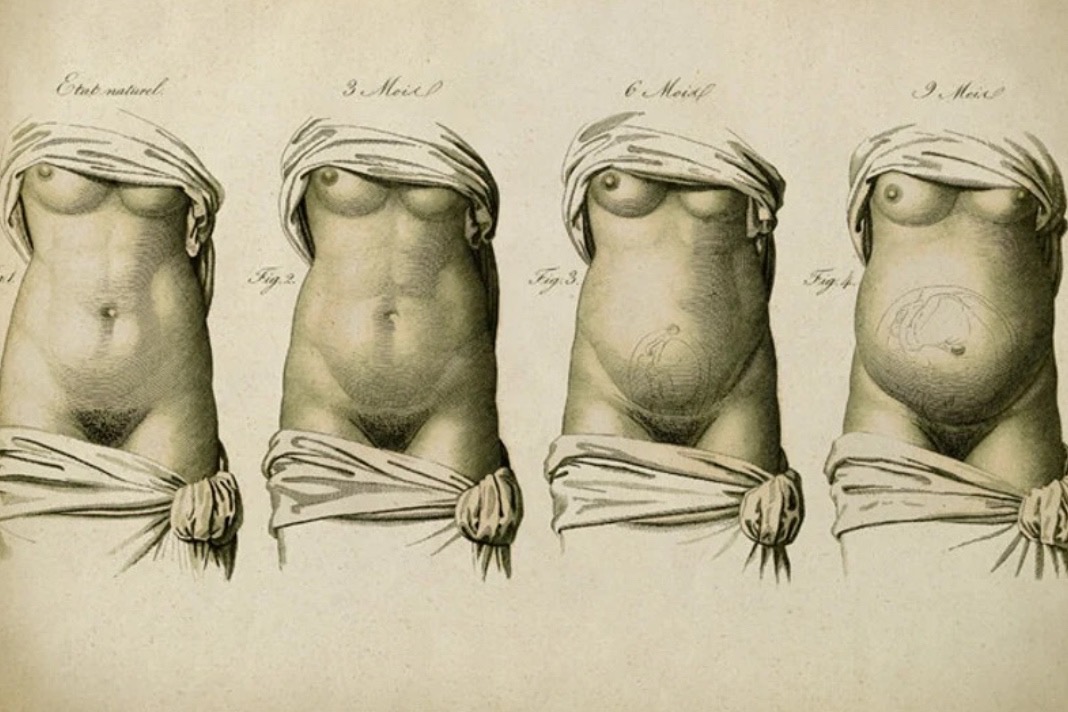Diastasis recti, or Diastasis recti abdominis (DRA) is a separation of the two muscle bellies of rectus abdominis. Essentially these are the two large parallel bands of muscles in the middle of the abdomen. The muscles naturally separate during pregnancy as the uterus expands…

…but for some who carry a pregnancy to full term, the muscles become so stretched out or damaged that they never fully go back together.
This causes a bulge between the two separated bands of the abdomen.
Little has been published on prevalence, risk factors, and consequences of the condition. It is something I mention, check for, and hold awareness of, in every yoga class that I teach.
I recommend that those who come back to class, three months plus after birth, wear a neoprene belt to support the abdominal muscles being bound back together as they work, through yoga, on building core strength, or on other movement practices that, whilst good for body and mind, may worsen diastasis recti symptoms by stretching the abdominal muscles.
Prevalence of Diastasis Recti in Postnatal Women
Onestudy evaluated the presence of diastasis recti at week 21 of pregnancy, and again at 6 weeks, 6 months and 12 months post partum.
In this study the prevalence was:
21 weeks pregnant: 33.1%
6 weeks post partum: 60.0%,
6 months postpartum: 45.4%
12 months postpartum: 32.6%,
There was a greater likelihood for diastasis recti among those reporting to be heavy lifting 20 times a week or more.
There is no universal agreement about the definition of diastasis recti and a big variation in the prevalence rates between different studies is likely because of different criteria on the degree of abdominal muscle activation during the measurements taken.
Another study looked at diastasis recti at a minimum of 6 months postpartum and reported a prevalence of 19.7% when applying a cut-off of 2 fingerbreadths or more 3–4 cm above the umbilicus.
Using the same location, the study mentioned above found a prevalence of 10.2% measured 1 year post partum.
Whatever study you look at, you can see, from the statistics, how common it is and, with how little awareness those who teach things like yoga tend to have of this condition, much more support is needed to increase the reach of information about what it is and how it can be worked with, safely.
Surgery for Diastasis Recti
Diastasis recti can cause back pain and make it difficult to do anything that requires core strength.
Sometimes a portion of the intestines can bulge through the space between the muscles – a hernia.
A hernia can cause further medical issues, which is one reason why some move to having surgery.
Diastasis recti surgery involves surgically bringing the separated muscles back together. Not all people with diastasis recti need surgery.
Surgery might be considered for those whose abdominal muscle weakness is interfering with daily activities.
Whilst you can’t always fully ‘fix’ diastasis recti without surgery, but often you can.
Other Methods for Improving Diastasis Recti
There are specific exercises and accessories that will aid you in repairing diastisis recti, and keeping yourself safe whilst doing gentle core abdominal work, and other exercise, when you are able to do so in the months that follow the first 40 days.
I recommend that you do not return to regular yoga classes, certainly with me, until you are at least three months postnatal. From then onward, it will depend on your individual birthing experiences and what is appropriate for you.
If you would like to know more, I teach in depth about this on the pregnancy yoga teacher training that I run once per year.







